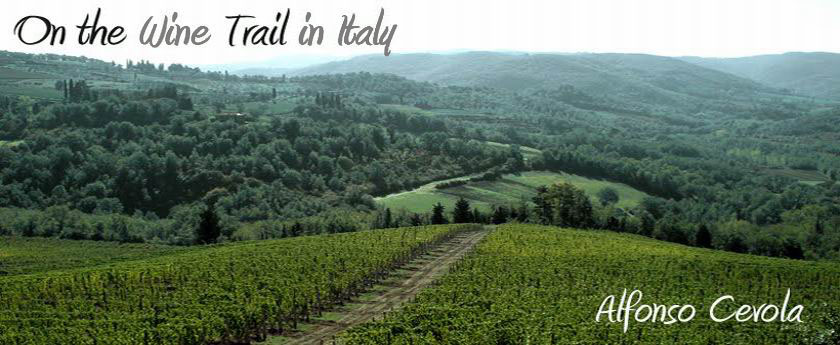And while this might seem minute in comparison to more important events unfolding in Europe, this is our smaller march on the wine trail in Italy today.
 |
| Holiday news bulletin from the Prosecco Consorzio |
“Prosecco DOC wine can only be sold in the bottle, the art. 8 rules of the Prosecco DOC, recognized at the European level (Ministerial decree 17 July 2009), established that ‘DOC (registered designation of origin) <<Prosecco>> wine shall be marketed exclusively in traditional glass bottles.’ The wines on tap sold as ‘Prosecco’ are not Prosecco wine, but other generic sparkling wines names as ‘Prosecco’. This fact is misleading for the final consumers who think they are buying Prosecco.”
And while there are some translation issues with the above statement (for example, “the fact is misleading” should probably read, “the assertion is misleading”) I think it’s clear. Wine called Prosecco, legally, must be bottled. Period.
Now, let’s take it to the streets. This is somewhat similar to the confusion that arises out of sparkling wine made in the method they use in Champagne. Over the years (less so in recent years) all sparkling wine came to be regarded as Champagne. Champagne meant sparkling wine. But with laws and education, the world at large is beginning to understand that Champagne comes from one place in the world. Still there are producers in the world (Hello, California) who claim the term “Champagne” has been “grandfathered” in for them because they have been using it for so long. Fortunately with the arrival of French Champagne producers to California a generation or so ago, most of the serious producers now call their wine “sparkling.”
Italy’s Prosecco is having a moment of worldwide popularity. The sales of Prosecco in the world I track (15 states in the Midwest, what we call flyover country) showed a 50% increase in 2014 vs 2013. Healthy growth in any time. Along with the popularity come fly-by-night marketers who are trying to cash in on that momentum and make a quick buck.
 |
| Note to BBC - Prosecco is not ever rosé |
In my view there are a couple of factors at play here. The first is the fact that most people on earth are not wine aficionados. They are just looking to have a drink. The nuances between Prosecco, sparkling wine and Champagne are not terribly important to most of them. To the producers, the lawmakers and the infielders, this is more important to us. Yes, it’s a whole lot of inside baseball, but it is important. In Marcus Hilton’s defense, he stated “ …it’s an English perception problem in the UK. People don’t understand what the word frizzante means. We sell the same liquid in a bottle and in a keg. In the bottle we call it Prosecco. In a keg we have to call it frizzante.” So the issue is what the public-at-large means when they use the term Prosecco.
The reporter asked me if it would taste the same. In the short time allowed to answer I allowed the wines, to the average person would taste the same. In theory, the wine in Italy is in a large tank and then it is bottled. In a small keg, which is like a tank, the conditions could exist for a similar taste and texture. And at that level, which is fairly basic, I cannot imagine much difference, even to those whose lives revolves around wine. The matter revolves around the way the law is stated, and there is also a degree of pride (and protection) that the producers and the consortium are trying to protect.
I agree with the producers and the consortium on this, by the way. We need more education on what Prosecco is. And I believe that is an ongoing effort by many.
The other factor is with marketers who make fizzy wine in kegs. I’m all for keg wine. But let’s call it what it is. Like Marcus Hilton said, “people don’t understand what the word frizzante means.” They think that the words Champagne and Prosecco are synonymous with all sparking wines (although one is a region and a specific wine and the other one, once was the name of the grape and now also denotes a delimited area of production) and so language subverts their real meaning for one of convenience.
 |
| The evolution of marketing when the law is applied |
Prosecco producers should see this as a teachable moment. Concentrate on making a good, healthy, safe, delicious product. And then go out to the streets and communicate your message, even if that message doesn’t hold the degree of importance as these other more urgent world issues Europe (and the world) is facing right now. Good luck to all, especially to our French brothers and sisters in this critical time and much more important concern.
written by Alfonso Cevola limited rights reserved On the Wine Trail in Italy
wine blog + Italian wine blog + Italy W



